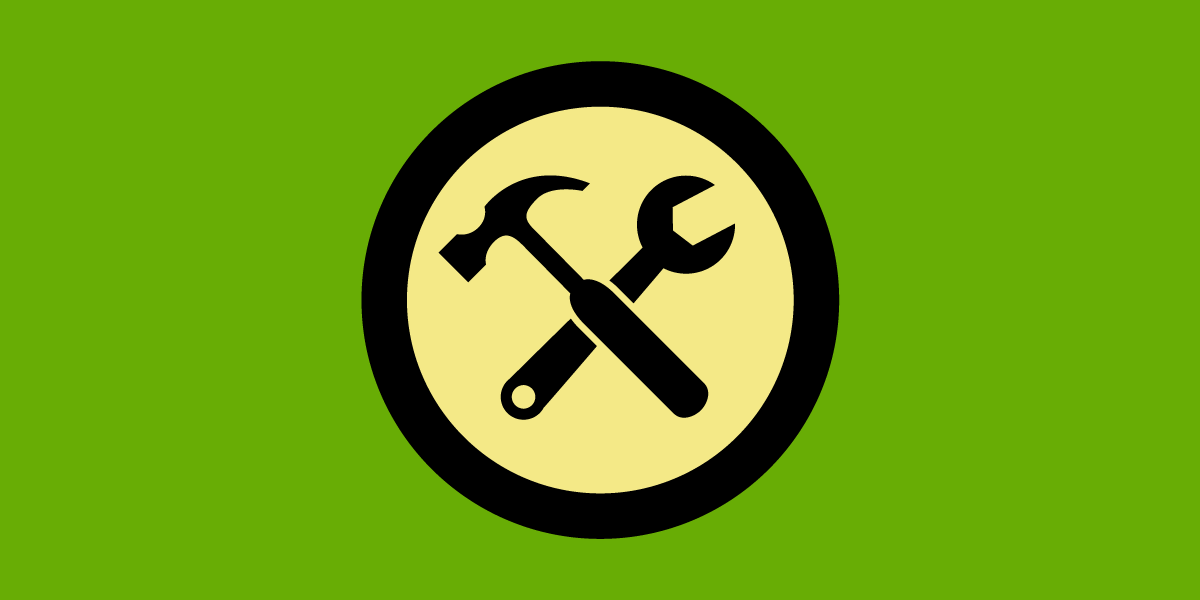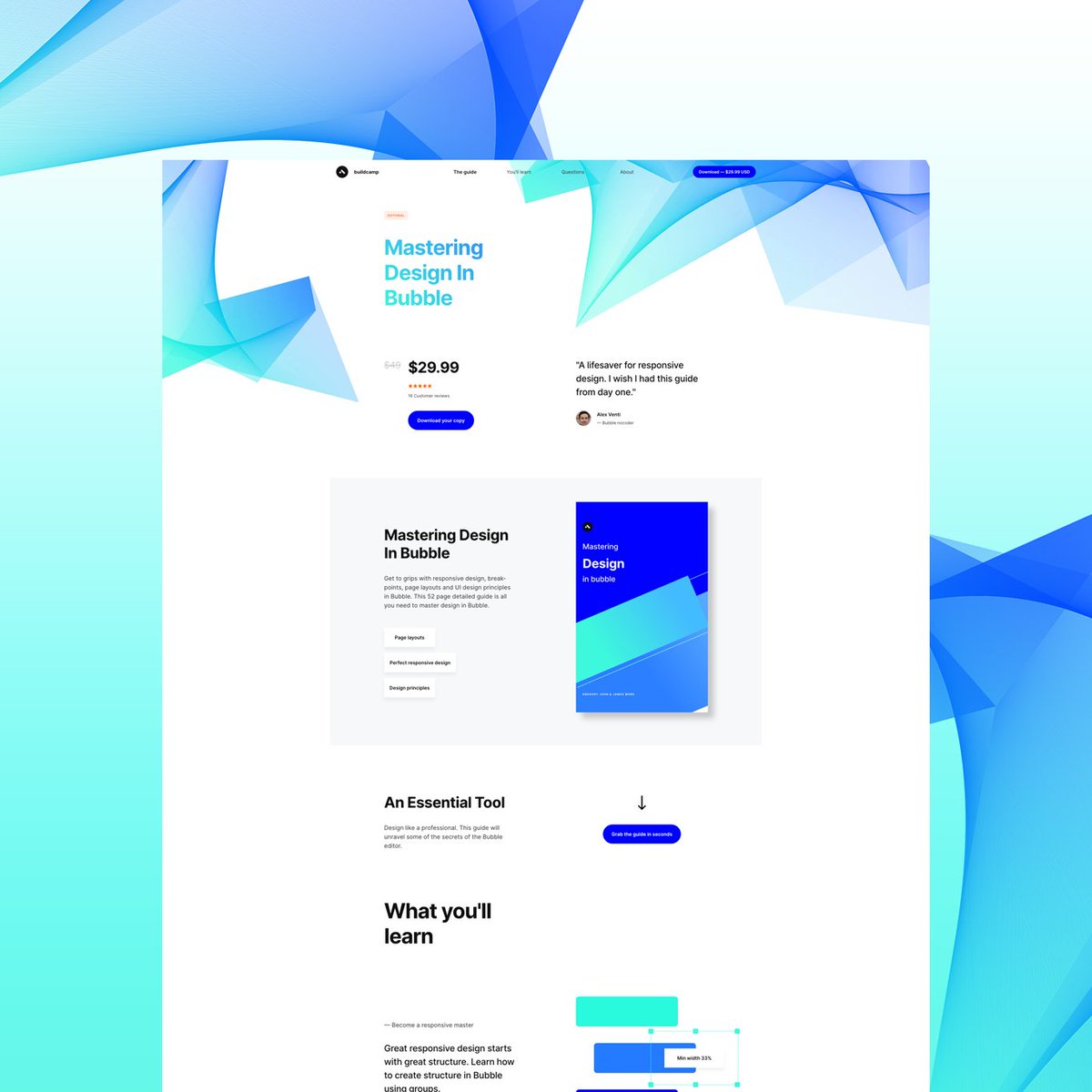https://t.co/2b0IkQrI62
2/




There's a Yom Kippur joke I love: the rabbi and the richest man in town are praying, "Oh Lord, I am nothing, I am nothing!"
— Cory Doctorow #BLM (@doctorow) February 2, 2021
The synagogue's janitor sees them and joins in: "I am nothing!"
The richest man says to the rabbi: "Look who thinks he's nothing."
1/ pic.twitter.com/kHFKcNAnC4

2018 was almost the year we won the #RightToRepair.
— Cory Doctorow #BLM (@doctorow) February 2, 2021
Instead, 2018 turned out to be the year we lost #R2R: 20 bills defeated in 20 state houses, and it was mostly @apple's fault.
1/ pic.twitter.com/oDYM17e22b

When you hear the phrase "free market," you probably think of "a market that is free from regulation" but that's the opposite of the phrase's original meaning!
— Cory Doctorow #BLM (@doctorow) February 2, 2021
1/ pic.twitter.com/QNAuJhMNWI


"I really want to break into comics"
— Ed Brisson (@edbrisson) December 4, 2018
make comics.
"If only someone would tell me how I can get an editor to notice me."
Make Comics.
"I guess it's impossible and I'll never break into the industry."
MAKE COMICS.




Next level tactic when closing a sale, candidate, or investment:
— Erik Torenberg (@eriktorenberg) February 27, 2018
Ask: \u201cWhat needs to be true for you to be all in?\u201d
You'll usually get an explicit answer that you might not get otherwise. It also holds them accountable once the thing they need becomes true.